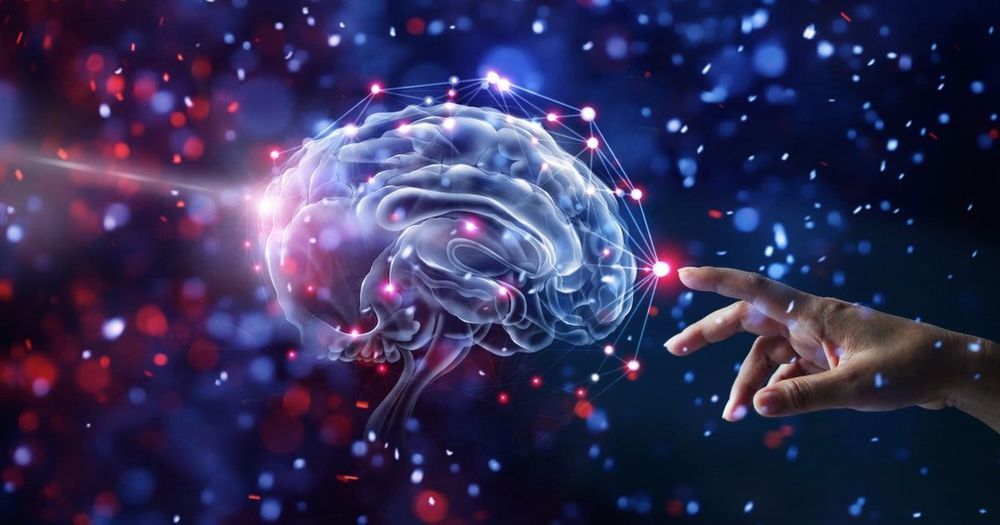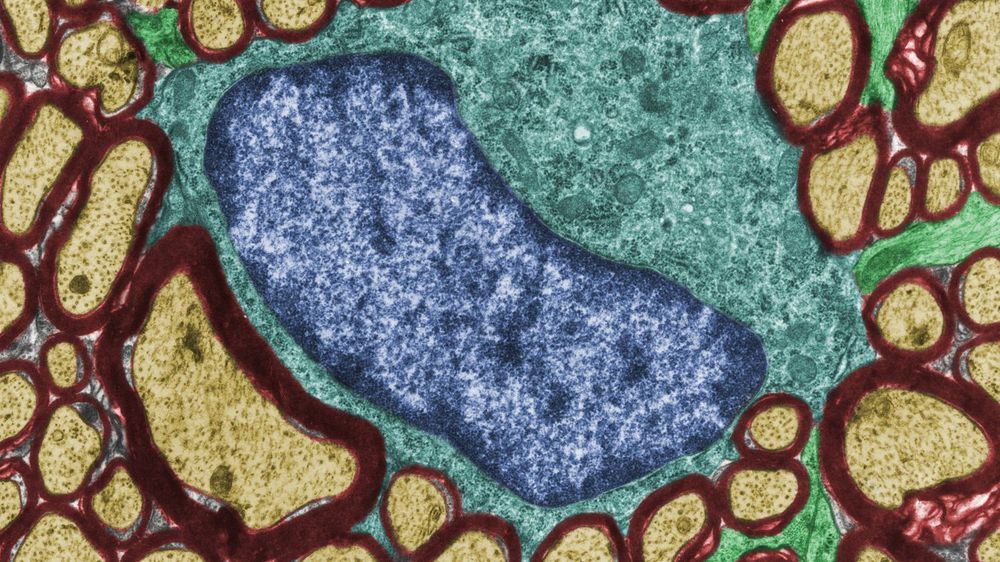Imagine then, the emancipatory potential of genome editing for these millions.
Realizing this potential, however, will require that genome editing meet with societal approval. The typical response right now when you talk to someone about genetic engineering or reproductive technology is a reference to ‘designer babies,’ eugenics, Nazism, and other evils. These arguments have a very powerful emotional hold over many people, but in my opinion, they simply don’t stand up to scrutiny.
Numerous traits, both physical and mental, are too complex to ever be able to engineer, and a Gattaca-like future of ‘designer babies’ is probably just as improbable as time-travel. No serious scientist or ethicist is advocating for government mandated ‘genetic correction’ of the sort Nazism or eugenics implies. As for physical appearance, everyone has their own ideas about the ‘physical ideal.’ Not every visitor to a cosmetic surgeon comes out looking Northern European.








